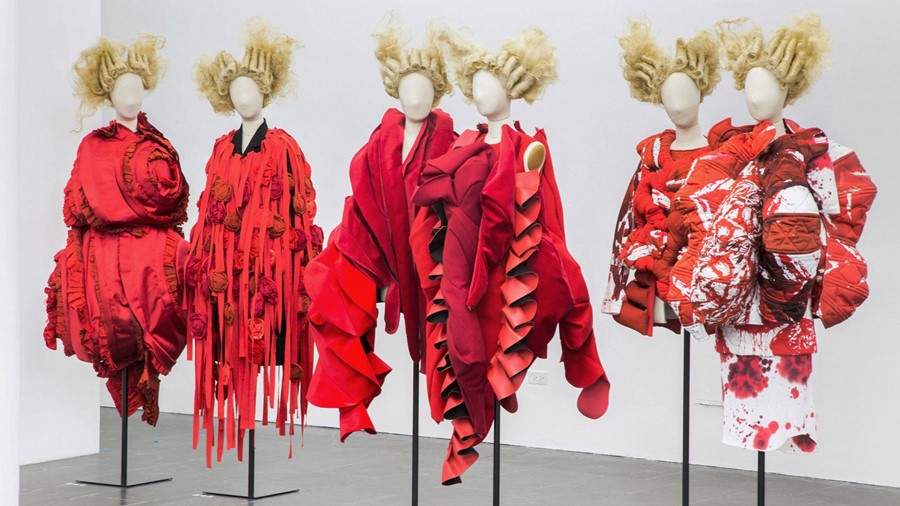In light of his Sarabande-hosted talk, we share some of the curator’s anecdotes about creating blockbuster show Art of the In-Between
It’s no secret that fashion can be a tough industry, both to break into and to thrive in. Enter Sarabande, The Lee Alexander McQueen Foundation, set up in the inimitable designer’s name to continue supporting young and exciting talent in the world of fashion. Following McQueen’s death in 2010, the designer left his estate to ensure that creativity in the arts and in fashion is given the means to flourish, and Sarabande allows this by way of its scholarships to leading UK universities, studio spaces offered at highly subsidised rates and industry mentoring (the foundation is patronised by Tim Blanks, Naomi Campbell, Sam Taylor-Johnson, Andrew Bolton, Nick Knight and Shaun Leane, to name but a few). Sarabande also hosts events featuring industry heavyweights; they take the form of talks and seminars, and are the stuff of dreams for fashion enthusiasts and fledgling creative talent alike.
One such talk was held last night, at the foundation’s Haggerston home, between fashion journalist Harriet Quick and Andrew Bolton, curator in charge at the Metropolitan Museum of Art’s Costume Institute and the man responsible for such shows as its current exhibition, Rei Kawakubo / Comme des Garçons: The Art of the In-Between, and the wildly successful Alexander McQueen: Savage Beauty of 2011. “Andrew is one of the most inspirational and impactful of curators and he firmly places fashion in the bigger tree of culture; a very strong and vibrant branch, as opposed to a weak sapling or an offshoot,” said Quick of Bolton’s exceptional work in fashion curation. To bring as avant-garde, elusive and iconic a designer as Kawakubo into the spotlight for an exhibition at the Met – the first the Costume Institute has produced on a living designer since 1983’s show, which celebrated Yves Saint Laurent and was curated by Diana Vreeland – was no mean feat, by Bolton’s account, but has resulted nonetheless in an extraordinary, singular exhibition. Here, Bolton talks about the process of working with Kawakubo, what makes her laugh, and the art of curating fashion.

On choosing to spotlight Kawakubo at the Metropolitan Museum...
“If you were to ask anybody in the early 80s who was the most important designer at that moment, they would have said Saint Laurent. And I feel the same about Rei Kawakubo. I feel as if a lot of the aspects of fashion that we might take for granted – things like asymmetry, or deconstruction, the idea of the unfinished – were pioneered by Rei as early as the early 1980s. In a way she’s almost changed the course of fashion history over the last 40 years. Also, she’s in her mid-70s, and she’s still producing the most avant-garde, challenging work of any designer working today. I think part of it was her fearlessness and how inspiring she is.”
On finding inspiration in Susannah Frankel’s 1997 interview with Rei Kawakubo...
“Actually what I found inspiring was [editor-in-chief of AnOther Magazine] Susannah Frankel, the fashion journalist – she interviewed Rei in 1997 for her famous Lumps and Bumps collection, and it was the very first time that Susannah had interviewed her. She sat down – and it’s still, today, one of the most challenging and provocative collections – and Susannah asked what the collection meant, and Rei sat there for about ten minutes in complete silence, and then she got a piece of white paper and a felt tip pen, drew a circle, and walked out of the room without saying a word. Susannah felt that it meant the work was so impenetrable, but in fact the circle in Zen Buddhism is the symbol of emptiness. I think it was almost an invitation to Susannah to empty her mind of any references, and to look at her work with completely open eyes, without any prejudices or priorities. In a way, that was a very strong motivation for the exhibition, this notion of empty, which in Japanese is called mu – this idea of the void.”
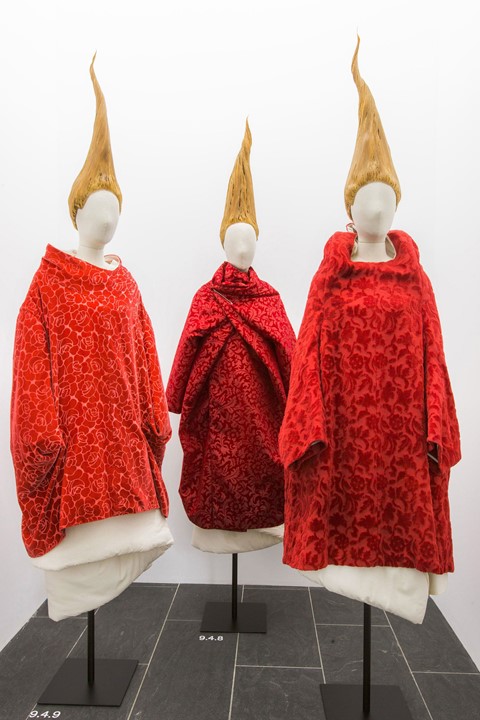
On Kawakubo’s life-size exhibition prototype…
“She cared more about the design of the exhibition than the actual curation, the design was really important to her. The biggest challenge for me was, she was asking me not to think about the curation, and to think about the design as an abstract idea – to work with her on that without thinking about the curation. That’s where she wanted me to start, to think about the space; her first question was what was my idea of the future, or how do I see the future? We had conversations based on this idea of the future, and then we came up with this design.
“It went through various permutations, and I really intellectually understood it, but I didn’t really emotionally engage with the space. I couldn’t make that jump between what was the intellectual to the emotional side. So she invited me to Tokyo and she found a warehouse that was the exact proportions of the exhibition space and created a life-size model for me. It was extraordinary. It was about two hours outside of Tokyo and she’d built this – it wasn’t as fancy as the real thing, it was plastic and balsa wood – but it was life-size, and it was then that I understood how you could emotionally engage with the space and the objects in the space. She’s that fastidious.”
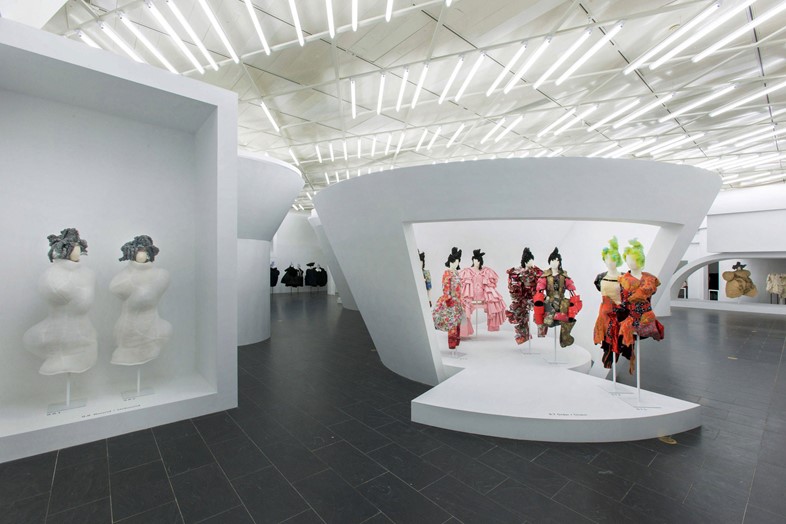
On why the Met waited 34 years to work with another living designer…
“The reason the Met hadn’t done a show on a living designer since Saint Laurent is that when that show happened it was so criticised in the press for its perceived commercialism. In the early 80s they were biased, the art press, and they saw fashion as a commercial enterprise, not an artform. And that’s changed so dramatically. I think the perception of fashion has changed and Harold Koda, my old boss, always said we were like the pretty sister who got all the dates and none of the respect. We were sort of like the bottom rung of the ladder, the Met Museum. I think that the culture of fashion has changed so much since the early 80s that it was easier to persuade the board to do an exhibition on Rei. The fact that Rei’s work exists in the space between dichotomies – whether it’s art and fashion, east and west – I think that it was easier to read the artistic intent in these pieces.”
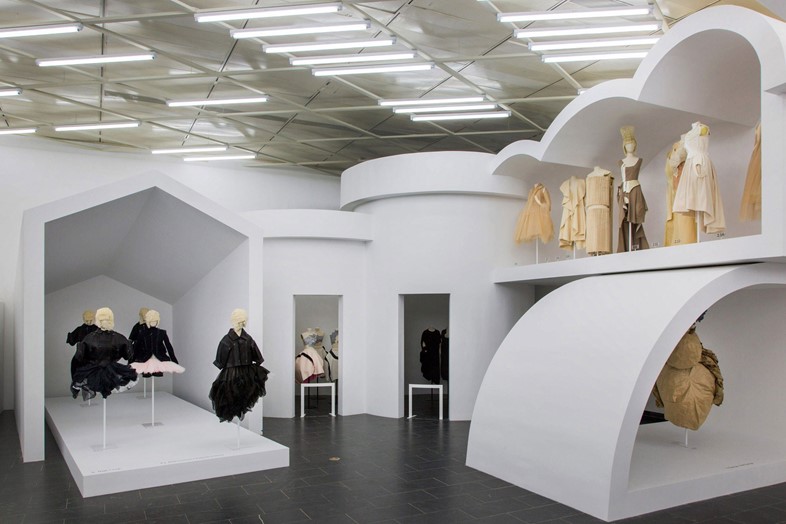
On how to impress Rei Kawakubo…
“I said ‘what makes you laugh?’ And she said ‘people falling down’. She loves Mr Bean. She loves English slapstick – Laurel and Hardy. But nothing makes her laugh more than someone falling down. If you want to impress her, fall down.”
On Kawakubo attending the Met Gala…
“Anna got excited because Rei has a collection of tiaras, and Anna loves tiaras. And she said she might wear one for the gala, and Anna was so excited. I think Anna imagined like a 19th century diamond tiara – and it was a plastic headband. That’s her interpretation of a tiara.”
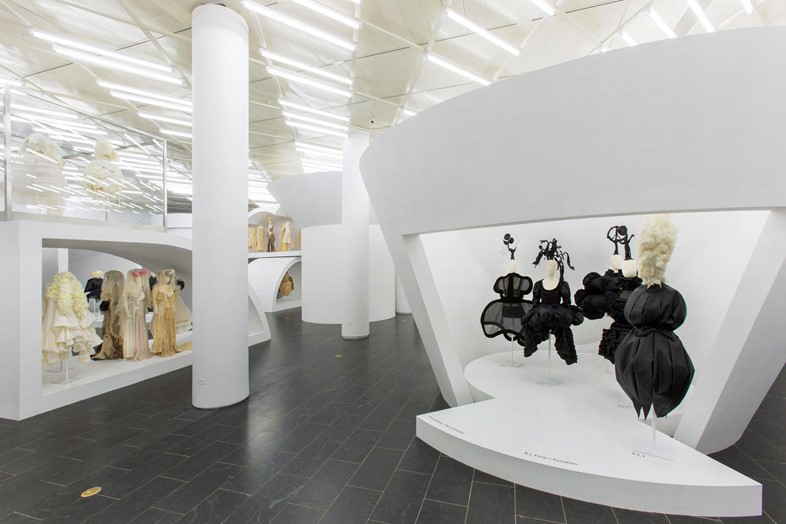
Rei Kawakubo/Comme des Garçons: Art of the In-Between runs until September 4, 2017 at The Metropolitan Museum of Art, New York. For more information about the Sarabande Foundation's upcoming events, see the website.
